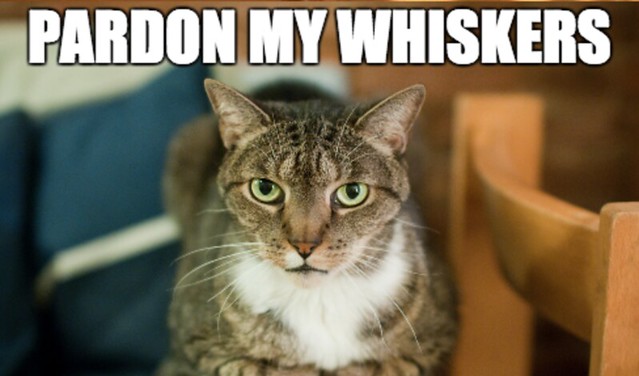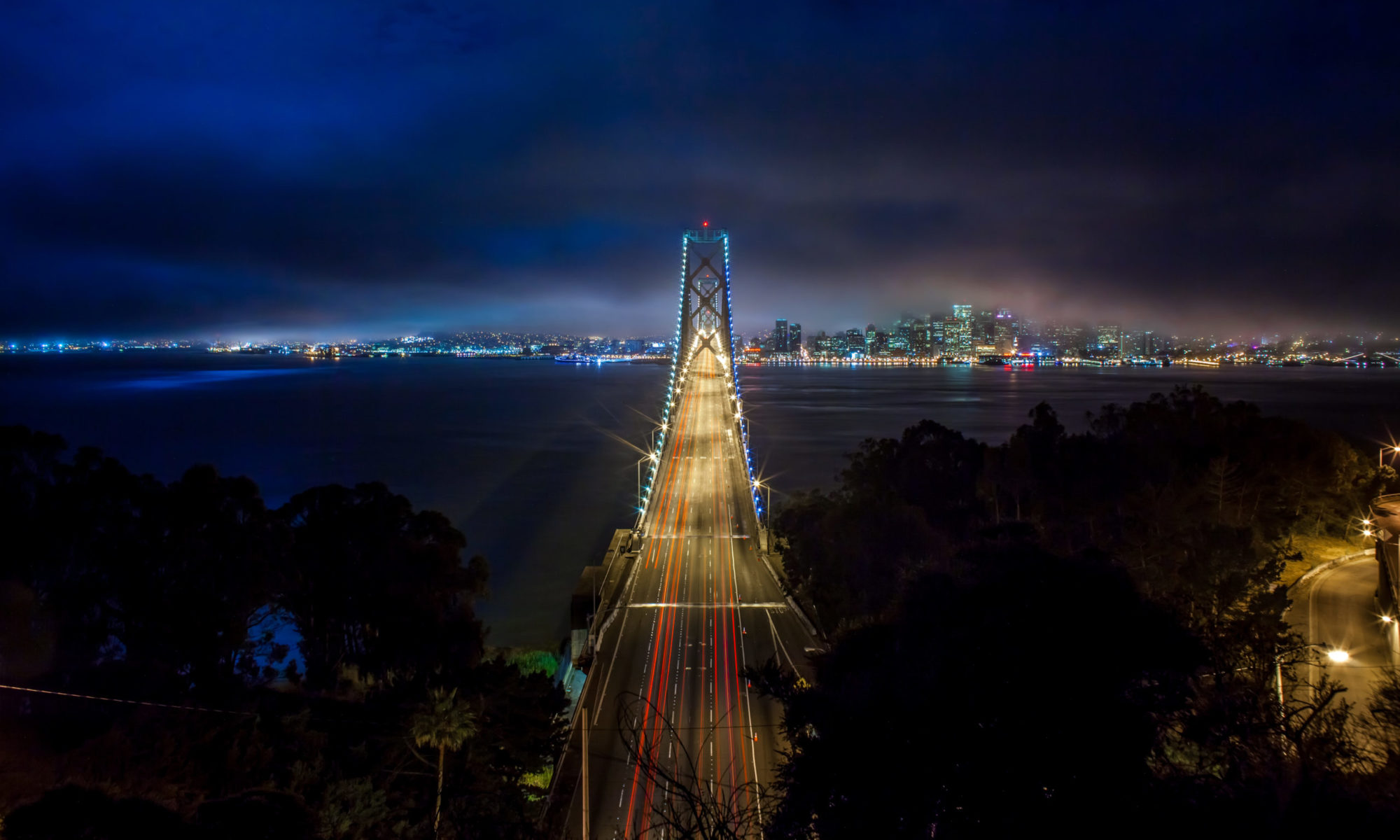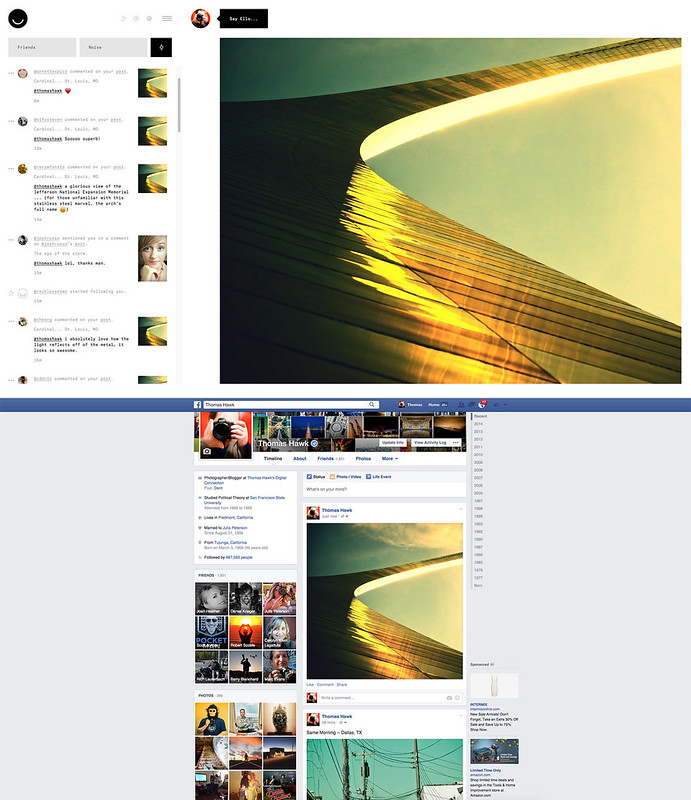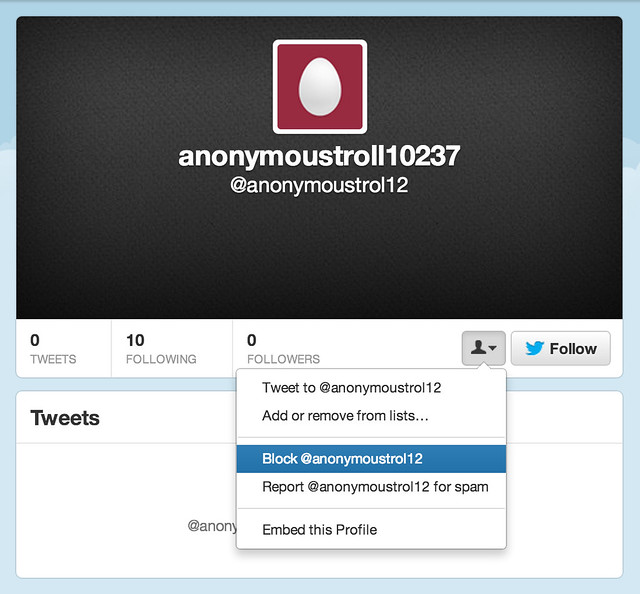
Photograph of the hippest hipster cat around, Mr. Mingus, by hipster Daniel Krieger
Writing for TechCrunch, Josh Constine penned a hit piece yesterday announcing the end of Ello. I was disappointed to see TechCrunch, a publication that I long viewed as being supportive of the start up community, using their pulpit to tear one down. Not only do I think Josh got a lot of the story on Ello wrong, but the dramatic tone of his article was unnecessarily disparaging and that is disappointing.
I’m not sure how much Josh uses Ello, but I use it every day and it’s currently my favorite social network.
I thought I’d take a few minutes to address some of the things that Josh said about Ello and add my own commentary.
1. Josh says: “Here in September gone in September, Ello hoped to dethrone Facebook by … not having ads.”
I’m curious about Josh’s comments saying Ello hoped to “dethrone” Facebook. Nowhere have I ever seen the founders of Ello saying that they hope to “dethrone” Facebook. In fact, the founders have gone out of their way to say that Ello and Facebook are two entirely different things. Ello is a social network and Facebook is an advertising network.
If you pull up Ello’s mission statement, does it say that their goal in life is to “dethrone” Facebook?
On the “What is Ello” page, Ello states:
“Ello is a simple, beautiful, and ad-free social network created by a small group of artists and designers. We originally built Ello as a private social network. Over time, so many people wanted to join Ello that we built a public version of Ello for everyone to use.”
Huh? So why the wild hyperbole from TechCrunch stating that Ello hoped to dethrone Facebook? If Ello got even 1/10th of 1% of the users that Facebook has it would be an absolute home run. Facebook is a multi billion dollar advertising network. Ello is a fun place to hang out and share things in an ad free environment with interesting people.
2. Josh says: “But while hipsters had fun hating on Zuck’s creation for a few days, they all went back to it and promptly ditched Ello.”
What’s with the dig about “hipsters?”
Maybe I’m a hipster, maybe I’m not a hipster?
I’m just a photographer looking to share my photos on a cool platform and I’m still using Ello everyday, just like I did when I joined it.
Is Brian Nelson a “hipster” (they won’t let him share his fine art nude photographs on Facebook by the way, warning NSFW)? Is my photographer friend David Seibold a hipster? Is JC Little a hipster? Is foalsi a hipster? Is Greg Poulos a hipster? Is Japanese photographer ruylopez a hipster? Is Jessica Greene a hipster? Is Toby Harriman a hipster? Is dutch a hipster? Is my Italian friend Nicola Cocco a hipster? Is writer, journalist and photographer Marcus Hammerschmitt a hipster? Is Ugo Cei a hipster? Is Brad Sloan a hipster? Is Portuguese street photographer Ricardo Porto a hipster?
I know my friend Daniel Krieger is *definitely* a hipster — he shoots for the NY Times, lives in Brooklyn, used to have a moustache, drinks fine bourbon and has the coolest cat named Mr. Mingus. The thing is though, all of these people are still on Ello and still posting every day. Josh on the other hand made two posts on the site and then bolted. One of his two posts is of this hipster looking avatar with a moustache, beard and long hair that I guess is supposed to be him?
Is the hipster criticism just because a few of the Ello founders have beards? Whatever case, the “hipsters” haven’t “promptly ditched Ello.” I could easily come up with a few hundred more interesting talented people I follow on Ello that pretty much post every day.
3. Josh says: “Beating Facebook at its own game is like punching a wall 1.35 billion bricks thick. ”
Huh, who said anything about “beating Facebook at its own game?” Lots of people who use Ello also use Facebook. I know I do. Why does everything have to be about “beating” Facebook. Is that just for the clicks? Ello isn’t even playing Facebook’s game. How can they “beat” them in an advertising game that they are not even playing in?
4. Josh says: “So as soon as people realized they could either post to their few smug friends who joined Ello, or everyone they know on Facebook, they dropped Ello on its face.”
Why would Josh think that people who use Ello are “smug?” I’ve met some really cool and interesting people on Ello. I’ve made some great new friends and reconnected with some old ones. The mixture of people is like a really nice bar where people generally speaking are nice and thoughtful and creative and intelligent and interesting. Maybe Josh needs to spend more time actually researching Ello before labeling the community there as “smug” and saying that they “dropped Ello on it’s Face.”
I mean, I hate to say it, but I think Josh’s hipster TechCrunch article on Ello is actually way, way, way, way more “smug” than the people who are actually using Ello as a fun community every single day.
5. Josh says: “No one I follow has posted in three months, so I doubt they’re checking the site either. ”
So wait, because Josh’s 22 hipster friends on Ello aren’t using it nobody else could possibly be? Maybe he should do a little more research because many of the 778 friends I’m following on there are using it every single day.
I thought Josh’s take on Ello was pretty myopic and one sided.
Look, here’s the thing about Ello. Ello is not trying to be Facebook. Ello is not trying to beat Facebook. Ello is not trying to play a game of horse basketball with Facebook on the Facebook basketball courts. Ello is Ello. Ello doesn’t need billions of users. Ello doesn’t need creepy ads that follow you around the internet. Ello doesn’t need you to pay them to have your “sponsored” posts shown to your friends.
Ello just is a cool place where interesting, intelligent, creative people are hanging out and being all friendly like. Photography there looks better than on any other network on the web. The interface is easy and clean. The folks running the show actually give a damn and care about the place and participate and are transparent about where they are headed with the network. If you haven’t tried Ello yet, check it out. You might find it the friendly sort of place you might like to hang out. You can find me on Ello here.
Some good comments about this article here.
Update: Paul Budnitz, one of Ello’s founders, has a very insightful response to Josh’s TechCrunch piece here.















